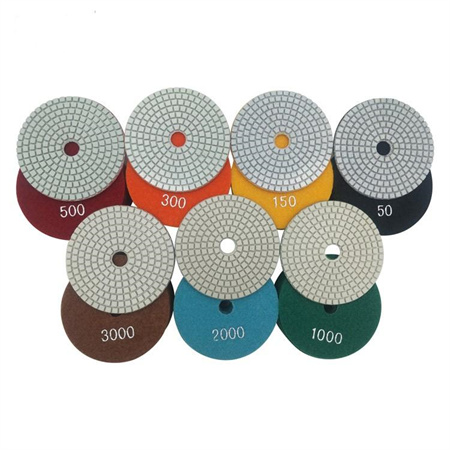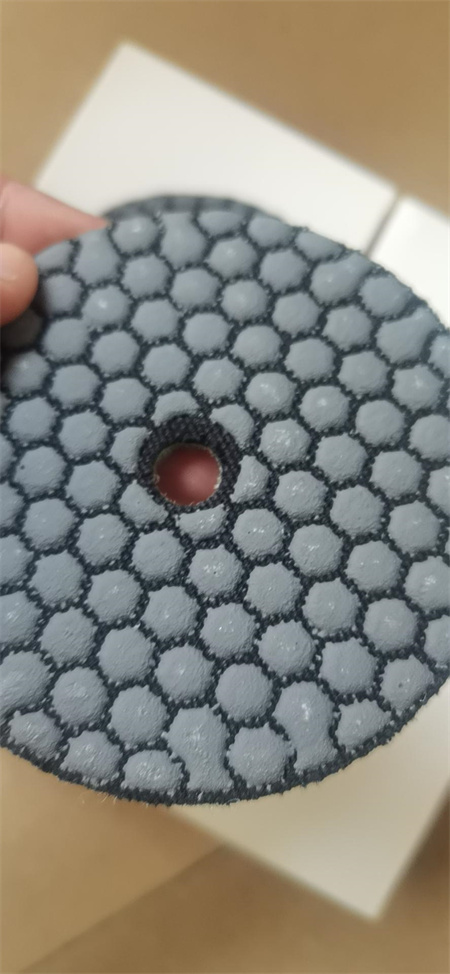What to Expect from Diamond Pads in the Next 5 Years

First, expect innovation in the material science behind diamond pads. As demand for even finer surface finishes grows across various industries, manufacturers are refining the composite materials that make up diamond pads. New formulations will likely offer enhanced wear resistance and more consistent performance over time. This means pads that can last longer and maintain their cutting or polishing effectiveness, reducing the need for frequent replacements. For businesses, this translates to cost savings and higher efficiency in their operations.
The next major development will likely come in the area of customization. With advancements in artificial intelligence and machine learning, it’s only a matter of time before diamond pads can be tailored more precisely to specific tasks. Imagine a pad that adjusts its texture, abrasiveness, or polishing power based on real-time data gathered from the surface it’s working on. This level of customization would not only improve the quality of the finished product but also make processes faster and more efficient. The ultimate goal would be a fully adaptive pad that changes according to the material being worked on, creating a seamless and optimal surface finish every time.
In terms of sustainability, the future of diamond pads is also shifting toward greener practices. Traditional methods of producing these high-end tools can involve environmentally harmful processes, but innovations in manufacturing techniques and recycling technologies will likely play a major role in reducing their environmental footprint. Some companies are already looking into eco-friendly alternatives to synthetic diamonds, which could make these products not only more efficient but also more sustainable in the long term. As industries become more aware of their environmental impact, diamond pad producers will have to adapt, potentially leading to the creation of more eco-conscious versions that appeal to businesses with sustainability goals.


One of the most exciting prospects for diamond pads is their role in improving energy efficiency. In industries where high heat and friction are factors, diamond pads’ superior heat resistance could help mitigate energy waste during the manufacturing process. As industries look to reduce costs and their carbon footprint, diamond pads may become an integral part of systems designed to enhance both performance and sustainability.
Looking ahead, it’s clear that the next five years will see significant advancements in diamond pad technology. These tools will become more efficient, adaptable, and environmentally friendly, driven by innovations in material science, artificial intelligence, and automation. Whether it’s longer lifespan, better customization, or new applications in diverse industries, diamond pads will continue to be essential to achieving the ultimate in precision and performance in surface finishing. Keep an eye on these developments, as they will undoubtedly reshape the way we approach manufacturing and production in the years to come.